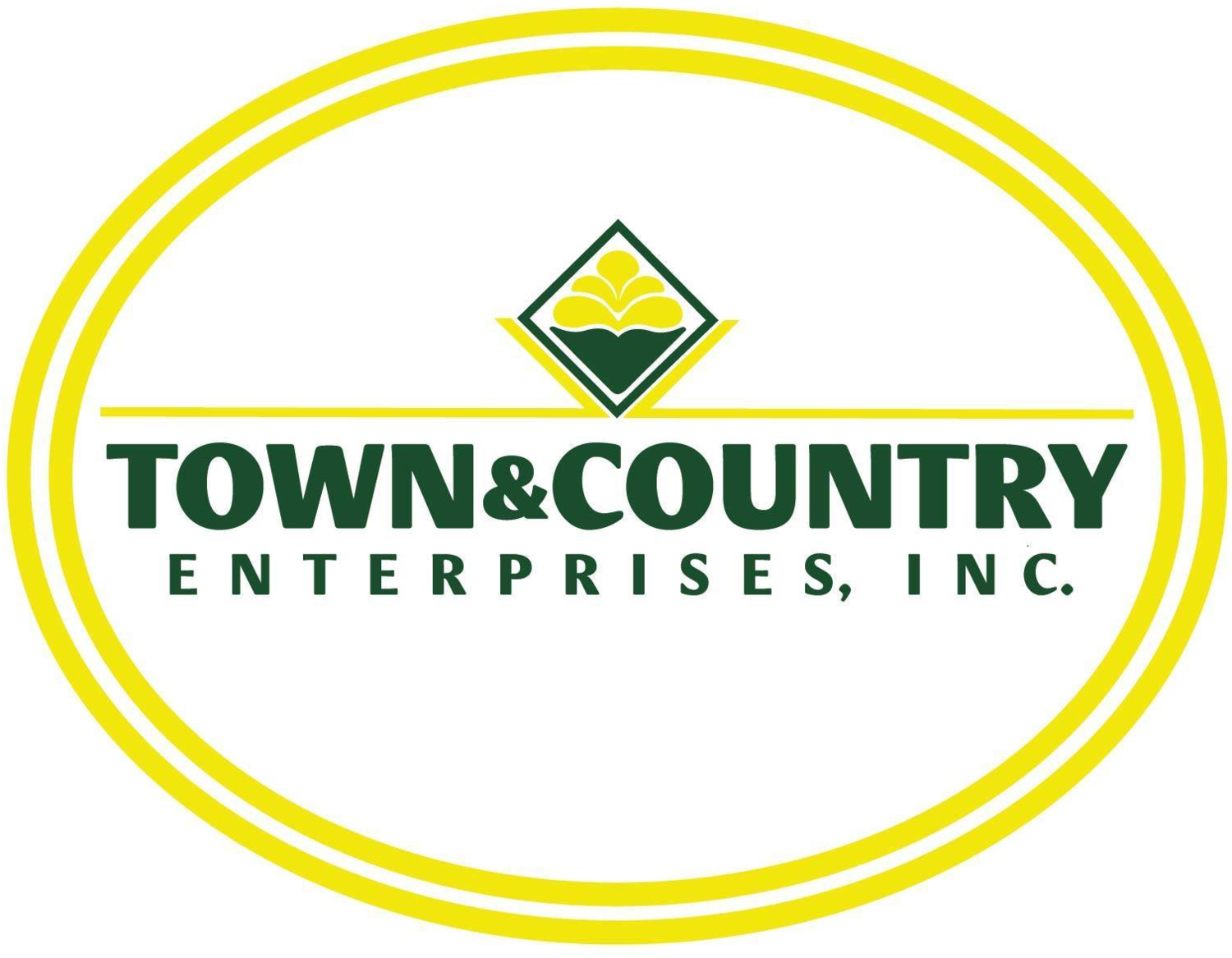Worried About Your Landscape Looking Drab? Weeding May Be the Answer to Your Worries in Penfield and Webster, NY
If you’re worried about your Penfield and Webster, NY, yard looking drab, weeding might be the answer. A weed is defined as any wild plant growing where it is not supposed to be, and competing for nutrients from cultivated areas.
If your landscape’s weeding needs are attended to, they can quickly make a mess of an otherwise beautiful, healthy lawn. Here are some tips for what your landscaping needs in terms of weeding —and getting that pretty lawn you want.
How Weeds Grow in Your Lawn
One of the most common methods for weeds to transfer to your lawn is by air, but their seeds can also be brought in by clinging to pets’ fur, on clothing/shoes, when dropped by bird droppings, or from washing up in the yard from a water source, like along a sidewalk or driveway.
Weed seeds can sometimes survive for years before conditions are such that they can germinate and take hold. While there are different types of weeds, most typically propagate by dispersing thousands of seeds through their lifecycle, and some do so via their roots.
How Weeds Damage Lawns
Weeds are voracious eaters and, even if you fertilize, they will quickly soak up the nutrients, robbing your cultivated plants and lawn of essential needs. When this happens, your lawn becomes less resilient and can be at risk for more problems such as fungus and insects. Common New York weeds like Portulaca oleracea can rob your lawn of sunlight by spreading over the area.
Further, some weeds have health impacts that can negatively affect individuals with asthma or cause inflammation, such as poison ivy or hemlock.
Pulling weeds can make a flower bed look nice to begin with, but chances are, those weeds have spread seeds and/or roots already, so when they get the right nutrients, sun, and water, they’ll pop back up again, if proper treatment is not applied.
How to Treat for Weeds
There are different techniques for treating lawns and how you do it will depend on the types of weeds you have, how much you have, and how large the area is you need to treat.
By hand: For small weed problems, such as in flower beds, you can pull weeds by hand. Be sure, however, to get every part of the root system to prevent them from growing back.
Spot killer: Usually, these treatments are given by spraying directly on the invading weeds. Caution should be practiced, however, for general weed killers because these chemicals can also harm or kill your surrounding grass.
Lawn granules/herbicides: For large areas impacted by weed growth, there is usually a choice made between preemergence (kills seeds before germination) or postemergence (kills weeds that are already growing) herbicide. Among these treatments, there are variations—such as selective and non-selective varieties. Selective versions will target weeds only while nonselective may kill any green plant—including your lawn.
Mulching: For small areas where grass is not needed, proper mulching could prevent weed growth, such as in flower beds.
Rely on Experts
With so many types of weeds that exist and plentiful treatment options, this is one of those tasks that is best left to the professionals. Then, once your yard is weed-free, your grass will be able to grow and thrive, giving you a great sense of pride about your home and landscape.
About the Author
Home and business owners in Rochester, New York, and surrounding areas have relied on the extensive knowledge and expertise of Town & Country Enterprises for their landscape care and renovations since 1976. What started as a love for landscaping and student summer job evolved into the full-service company that we are today, delivering outdoor living spaces that enhance both your lifestyle and the overall beauty of your home.

